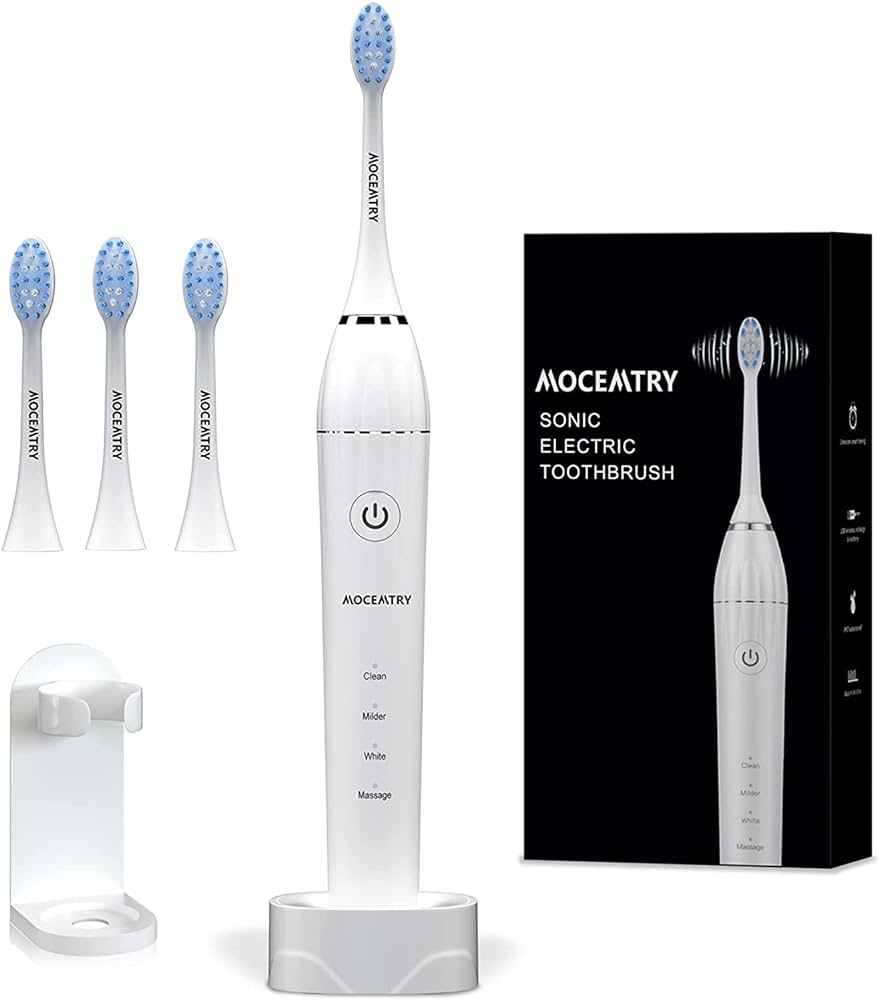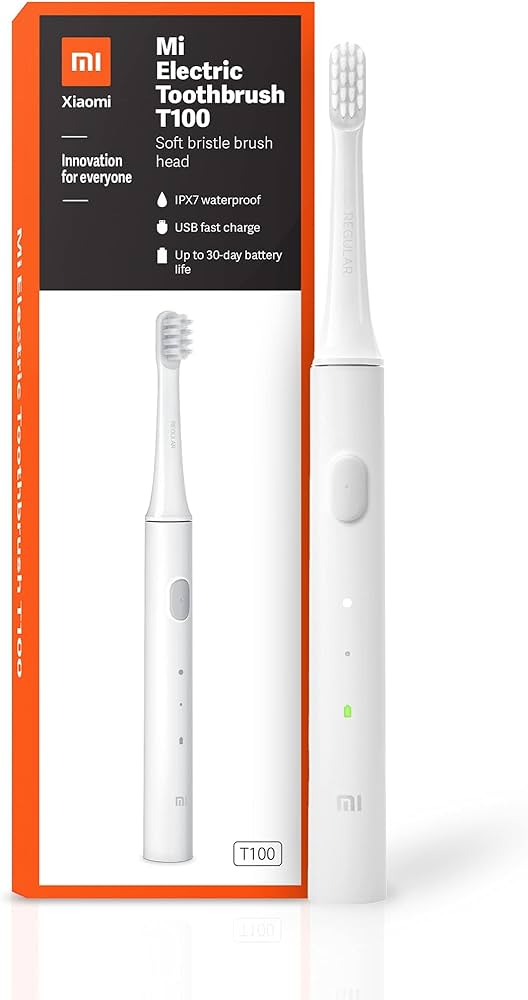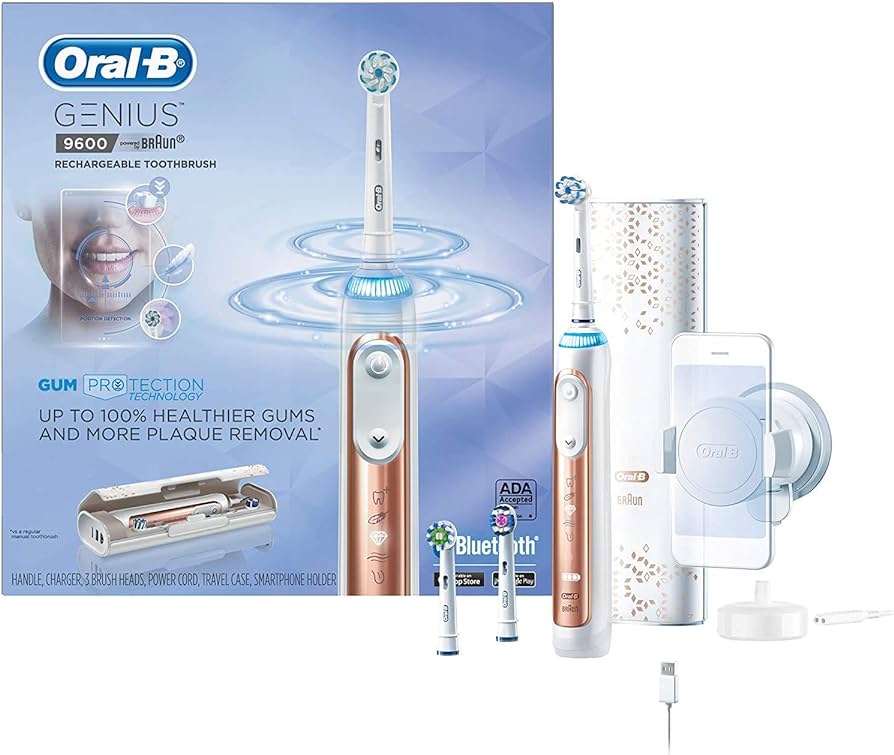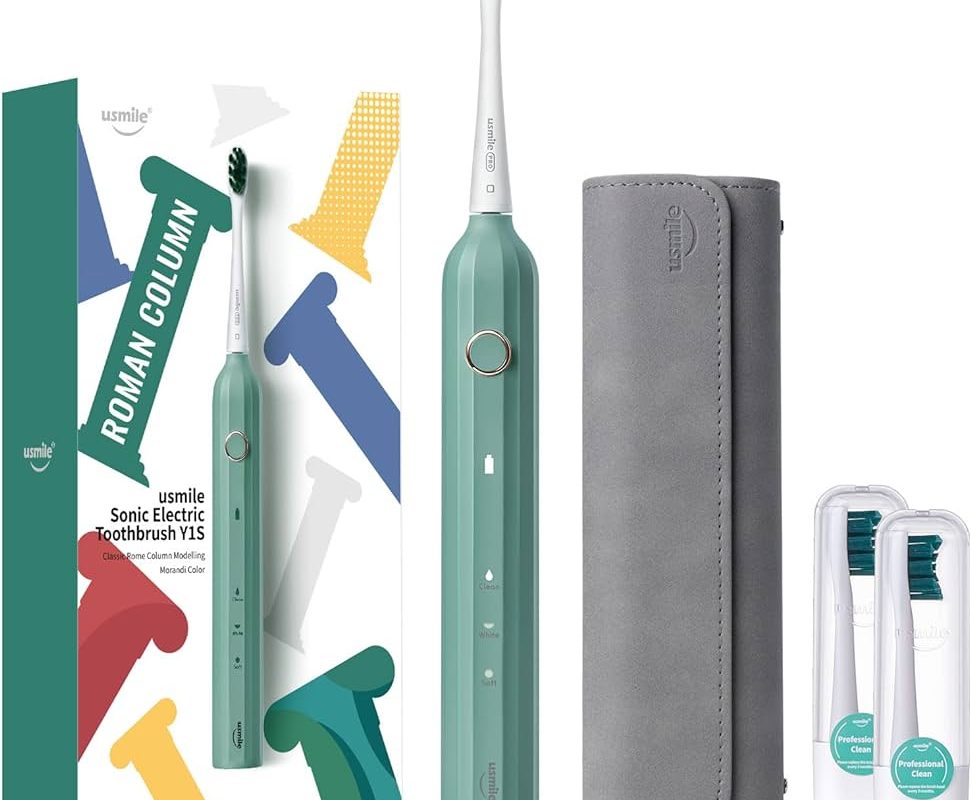Introduction
Maintaining proper hygiene and cleanliness of your electric toothbrush is important for maintaining oral health. Many people wonder if soaking their electric toothbrush in alcohol is a suitable method for disinfection. In this article, we will explore the implications of soaking an electric toothbrush in alcohol, including its potential benefits, considerations, and alternative cleaning methods.

Can I soak my electric toothbrush in alcohol?
Why consider soaking in alcohol?
Alcohol is known for its antiseptic properties, making it an attractive option for individuals looking to disinfect their electric toothbrushes. Soaking the toothbrush head in alcohol may help eliminate bacteria and other microorganisms that can accumulate on the bristles over time.
Potential benefits of soaking in alcohol
Soaking an electric toothbrush in alcohol may provide several benefits:
Bacterial elimination: Alcohol has antimicrobial properties that can help kill bacteria on the toothbrush bristles. This can be particularly beneficial for individuals with compromised immune systems or those who want an extra level of cleanliness.
Odor reduction: Alcohol can help eliminate unpleasant odors that may develop on the toothbrush over time. This can leave the toothbrush feeling fresh and clean for the next use.
Ease of use: Soaking the toothbrush in alcohol is a simple and convenient method for disinfection. It requires minimal effort and can be easily incorporated into a regular oral hygiene routine.

Considerations and potential drawbacks
While soaking an electric toothbrush in alcohol may offer benefits, it is important to consider the following considerations and potential drawbacks:
Effectiveness against viruses and fungi: While alcohol is effective against many bacteria, it may not be as effective against viruses or fungi. If your goal is to eliminate a wider range of microorganisms, alternative disinfection methods may be more suitable.
Potential damage to toothbrush components: Soaking the entire electric toothbrush, including the handle and electronic components, in alcohol can potentially damage the device. Alcohol may degrade the plastic or rubber components, affect the battery life, or alter the functionality of the toothbrush.
Fire hazard: Alcohol is flammable, and improper storage or handling of alcohol-soaked toothbrushes can pose a fire hazard. It is important to take appropriate safety precautions and store the alcohol in a safe manner.
Drying and residue: After soaking the toothbrush in alcohol, it is essential to ensure thorough drying before using it again. Residual alcohol on the bristles can be unpleasant to taste or inhale, and excessive alcohol residue may even cause irritation to the oral tissues.
Potential for bristle damage: Prolonged exposure to alcohol can potentially damage the bristles of the toothbrush. Over time, the bristles may become frayed or lose their effectiveness in effectively cleaning the teeth and gums.

Alternative cleaning methods
If soaking your electric toothbrush in alcohol is not suitable or preferable, there are alternative cleaning methods to consider:
Rinse thoroughly: After each use, rinse the toothbrush head thoroughly under running water to remove any remaining toothpaste or debris.
UV sanitizers: UV sanitizers specifically designed for electric toothbrushes use ultraviolet light to kill bacteria and other microorganisms. These devices can be an effective alternative to alcohol soaking, providing a convenient and safe method of disinfection.
Hydrogen peroxide solution: Soaking the toothbrush head in a hydrogen peroxide solution can also help eliminate bacteria and sanitize the bristles. Ensure you thoroughly rinse the toothbrush head after soaking to remove any residual solution.
Dishwasher cleaning: Some electric toothbrush heads are dishwasher-safe and can be safely cleaned in the dishwasher. However, check the manufacturer’s instructions before attempting this method.
Regular replacement: It is recommended to replace the toothbrush head every three to four months, or sooner if the bristles become frayed or worn. Regular replacement helps maintain optimal oral hygiene and reduces the need for extensive cleaning methods.

Proper cleaning and maintenance routine
Regardless of the cleaning method chosen, it is important to establish a regular cleaning and maintenance routine for your electric toothbrush. Here are some additional tips to consider:
Rinse after each use: After brushing, thoroughly rinse the toothbrush head under running water to remove any remaining toothpaste or debris. This helps prevent the buildup of bacteria and keeps the bristles clean.
Store in an upright position: Proper storage is important to prevent the growth of bacteria. Store the electric toothbrush in an upright position to allow for proper air circulation and drying between uses. Avoid covering the toothbrush head or storing it in a closed container, as this can create a moist environment ideal for bacterial growth.
Replace the brush head regularly: As mentioned earlier, it is crucial to replace the brush head every three to four months or sooner if the bristles appear frayed or worn. Regular replacement helps maintain optimal cleaning performance and reduces the risk of bacterial buildup.
Follow manufacturer guidelines: Each electric toothbrush model may have specific cleaning and maintenance instructions provided by the manufacturer. It is important to read and follow these guidelines to ensure proper care of the toothbrush and optimize its performance and lifespan.
Consult with a dental professional
If you have specific concerns or questions regarding the cleaning and maintenance of your electric toothbrush, it is always advisable to consult with a dental professional. They can provide personalized advice based on your oral health needs and recommend suitable cleaning methods or products.
Best practices for electric toothbrush hygiene
In addition to considering soaking your electric toothbrush in alcohol or using alternative cleaning methods, it is important to follow best practices for overall electric toothbrush hygiene. These practices can help ensure the cleanliness and longevity of your toothbrush:
Avoid sharing toothbrushes: Sharing toothbrushes can lead to the exchange of bacteria and increase the risk of infections. Each individual in the household should have their own designated toothbrush to maintain proper hygiene.

Conclusion
Soaking an electric toothbrush in alcohol may provide certain benefits, including bacterial elimination and odor reduction. However, it is important to consider potential drawbacks such as limited effectiveness against viruses and fungi, potential damage to toothbrush components, fire hazards, drying and residue issues, and potential bristle damage.
Alternative cleaning methods, such as rinsing thoroughly, using UV sanitizers, hydrogen peroxide solution, or dishwasher cleaning (if recommended by the manufacturer), can also effectively clean and sanitize the toothbrush. Regular replacement of the toothbrush head is also essential. Ultimately, selecting a cleaning method that aligns with personal preferences, safety considerations, and manufacturer recommendations is crucial for maintaining optimal hygiene and prolonging the lifespan of the electric toothbrush.

